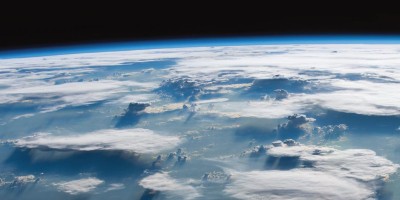It is unclear whether the modern processes of mercury cycling — such as mercury deposition in polar regions — operated before anthropogenic emissions. Ice-core records from Antarctica now reveal strikingly high mercury concentrations during the coldest glacial periods.

CLAUDE BOUTRON
References
Vandal, G. M., Fitzgerald, W. F., Boutron, C. F. & Candelone, J.-P. Nature 362, 621–623 (1993).
Jitaru, P. et al. Nature Geosci. 2, 505–508 (2009).
Shotyk, W. et al. Geochim. Cosmsochim. Acta 67, 3991–4011 (2003).
Schroeder, W. H. et al. Nature 394, 331–332 (1998).
Lu, J. Y. et al. Geophys. Res. Lett. 28, 3219–3222 (2001).
Ebinghaus, R. et al. Environ. Sci. Technol. 36, 1238–1244 (2002).
Oltmans, S. J. J. Geophys. Res. 86, 1174–1180 (1981).
Simpson, W. R. et al. Atmos. Chem. Phys. 7, 4375–4418 (2007).
Wolff, E. et al. Nature 440, 491–496 (2006).
Author information
Authors and Affiliations
Rights and permissions
About this article
Cite this article
Weller, R. Cool mercury. Nature Geosci 2, 462–463 (2009). https://doi.org/10.1038/ngeo560
Issue Date:
DOI: https://doi.org/10.1038/ngeo560
- Springer Nature Limited


